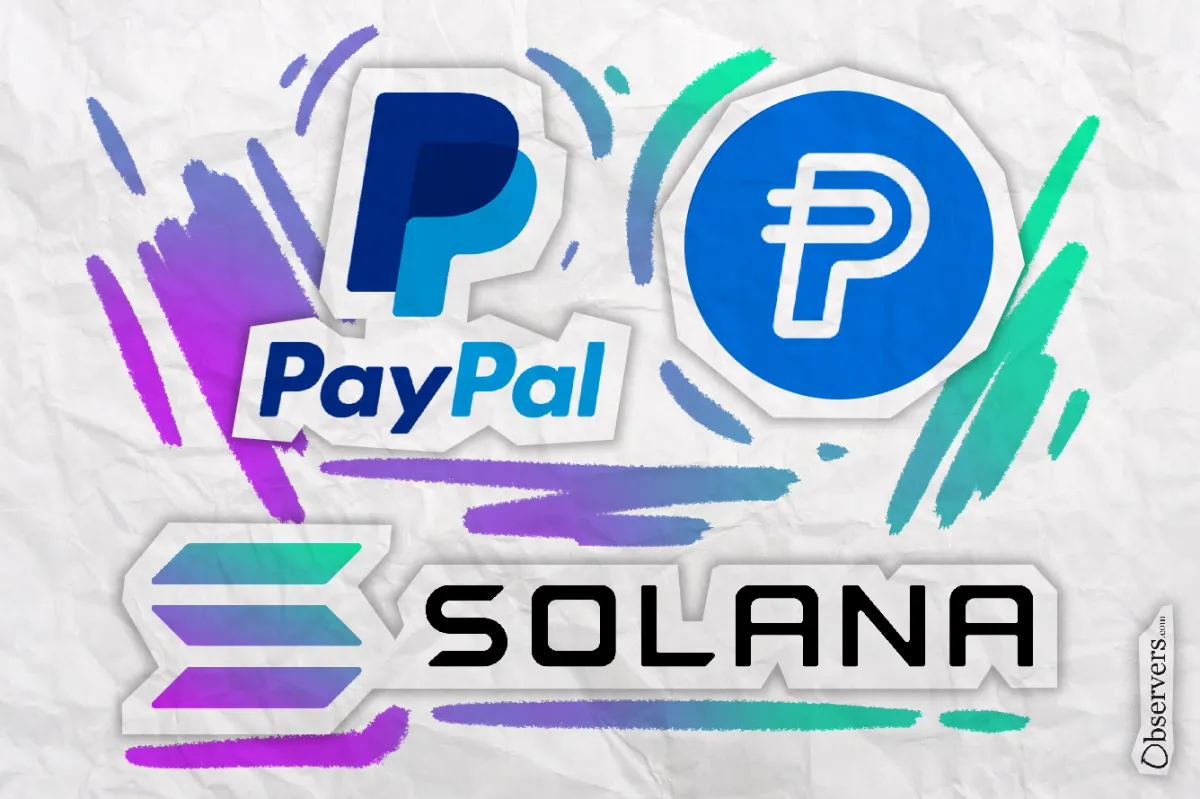
Since our last update on PayPal USD (PYUSD), we have seen a significant uptick in its progress, with its market capitalization more than tripling. The project's strategy of incentivizing PYUSD holders appears to have successfully tackled the initial challenges in boosting its market cap.
Launched in August 2023 by PayPal Holdings, a powerhouse in online payments, PYUSD initially faced difficulties in attracting adoption and market share. Despite a promising start, the supply stalled at $300 million. However, towards the end of this June, the market cap of PYUSD began to climb sharply, reaching over $1 billion within a couple of months.
The Fertile Solana Soil
One of the key drivers of this growth has been the adoption of PYUSD on the Solana blockchain, where it now represents 63.9% of total issuance. Ethereum, in contrast, has seen a stagnation and even a decrease in PYUSD holdings since July.
Some attractive incentives offered by several protocols for depositing PYUSD in their liquidity pools have played a significant part in its popularity on Solana. For example, Kamino Finance is currently offering a 14.35% annual percentage yield (APY) on PYUSD deposits, which is significantly higher than the returns on other stablecoins such as USDT and USDC.
Until now, users have locked over $400 million in PYUSD with Kamino, constituting more than 28% of the platform’s total value locked (TVL).
A similar scenario unfolds on Marginfi, another Solana-based lending protocol, which offers a 15.44% APY on PYUSD. The platform currently has about $45.29 million in PYUSD deposits, accounting for approximately 10% of its TVL.
High Interest Rates
Money is a power game, and size matters here. The expansion of the PYUSD pool has already facilitated more partnerships and integrations with trading platforms on Solana. PYUSD has been integrated with the Drift protocol, a popular perpetual exchange, and Jupiter, the largest decentralized exchange. It was also recently added to the Bybit exchange.
If PYUSD can retain a significant proportion of its user base and continue expanding its integrations, the investment in incentives might very well be justified. But where do these incentives come from?
PayPal is basically sharing some of the revenue it receives from investing in PYUSD reserves with its holders. While it now provides an edge over the competitors that keep it all within, the sustainability of this strategy remains in question in the season of low interest rates. Should the incentives cease, there is a risk that this “mercenary capital” might exit as swiftly as it arrived.
Bad Money Drives Out Good
The incentive strategy comes with another potential risk for a stablecoin. Staking it doesn’t necessarily increase its practical usage. In fact, it often reduces the velocity of money when users hold the coin primarily to earn yield rather than use it as a medium for transactions.
For example, FDUSD’s supply is only triple that of PYUSD, yet its 24-hour trading volume is 100 times greater. This boost is largely attributed to support from Binance and its daily use on the platform, without relying on additional incentives.
Therefore, the growth of PYUSD will crucially depend on how well it is integrated and used in real-world applications. Simply offering incentives is unlikely to make it a means of exchange—if, of course, that is the plan.

